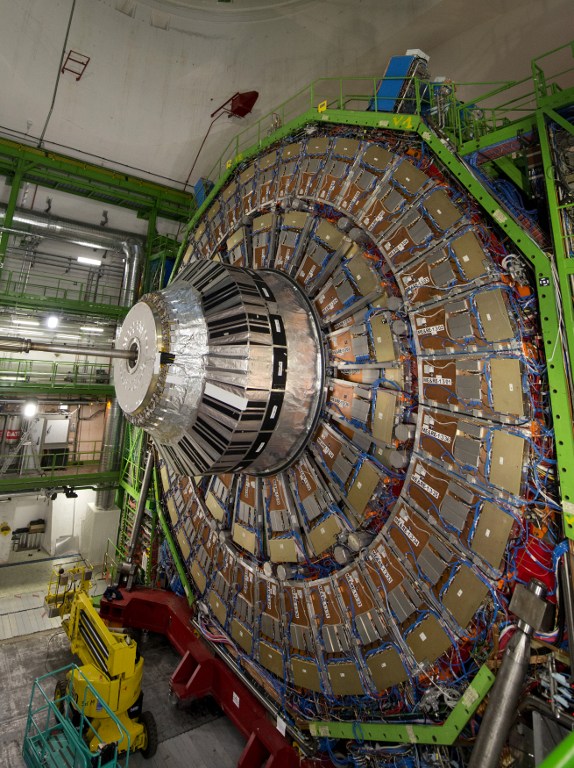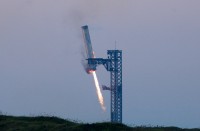
AFP PHOTO / RICHARD JUILLIART
by Mariëtte Le Roux
Agence France-Presse
PARIS, France (AFP) – Physicists on Monday announced an important step towards unravelling one of the Universe’s great mysteries: What happened to all the anti-matter created in the Big Bang?
A new technique has allowed them to study the behaviour of a single atom of anti-matter under ultraviolet light, a team wrote in the journal Nature.
“Imagine you are the first one to look at something about the Universe that no one else has seen. That’s what makes us happy right now,” Jeffrey Hangst of the European Organisation for Nuclear Research (CERN) told AFP of the feat.
“It’s opening up a completely new branch of inquiry.”
The Standard Model of physics, which explains much of the Universe as we know it, postulates that the Big Bang should have created an exactly equal amount of matter and antimatter.
Physicists believe that every particle of matter should have a “mirror” antiparticle with the same mass but exact opposite charge.
The problem is: matter and antimatter cannot exist together.
When they meet, there is a violent reaction that annihilates both in a flash of energy — the principle that powers imaginary spaceships in Star Trek.
Physicists believe most matter and antimatter did meet and implode shortly after the Big Bang.
But they cannot explain why some matter survived to create everything that exists in the visible Universe.
As for antimatter, rare atoms can be created in very high-energy events.
They have been detected in cosmic radiation rays, and created in CERN’s Alpha lab in Switzerland, which has produced anti-hydrogen atoms for many years.
Why are we here?
Scientists have never been able to find anti-particles clumped together into anti-matter.
“We’ve had many successes in understanding how things work, but we can’t explain why we’re here at all,” said Hangst.
“We shouldn’t be (here). There should just be energy, there should just be some light. And no one can explain to you why there’s matter and not anti-matter.”
Hangst and a team hope the new method, which will be further refined, will boost the in-depth study of anti-atoms.
In particular, they want to see if hydrogen and anti-hydrogen atoms react similarly to light.
All atoms absorb only specific frequencies of light. Under the prevailing theory, hydrogen and anti-hydrogen should absorb the same type.
But initial observations are inconclusive.
“We can say they are consistent,” Hangst said. “But so far the measurement isn’t precise enough.”
Getting to a more emphatic answer could take “some years.”
“I want the answer, I want the truth. And now I know I can get it,” the physicist said.
Commenting on the study, physics professor Themis Bowcock of the University of Liverpool described it as a technical milestone.
“It marks a significant step forward in our ability to study anti-atoms in the laboratory and opens the door on a new avenue of research on anti-matter,” he told AFP.








